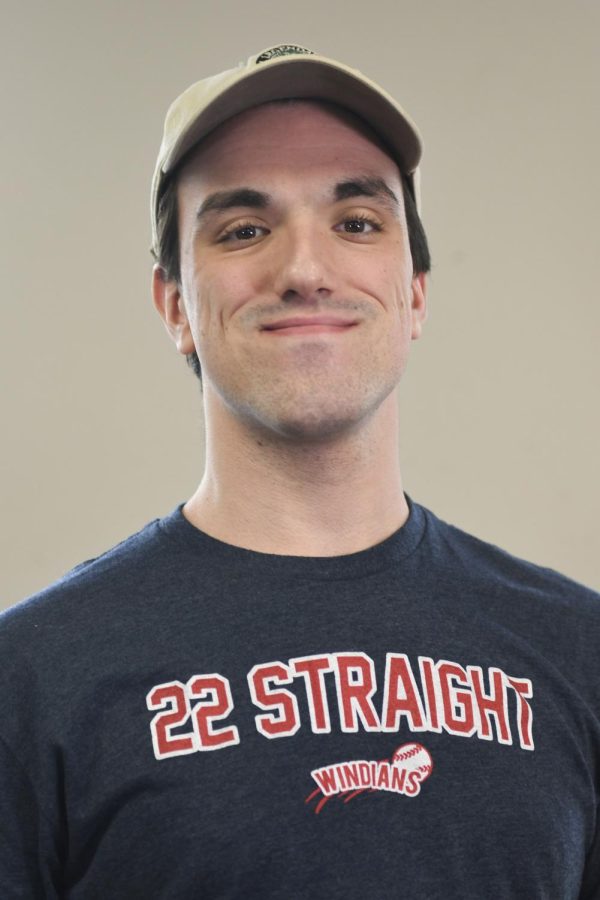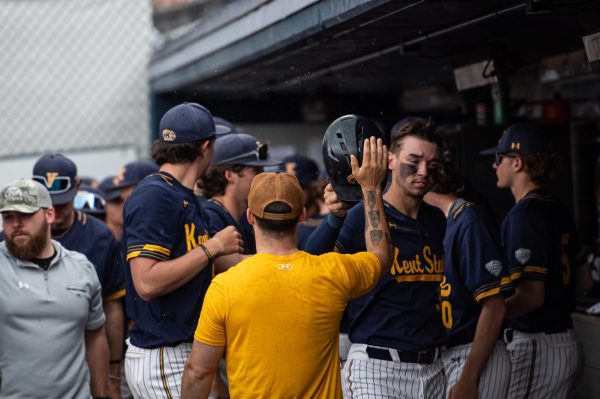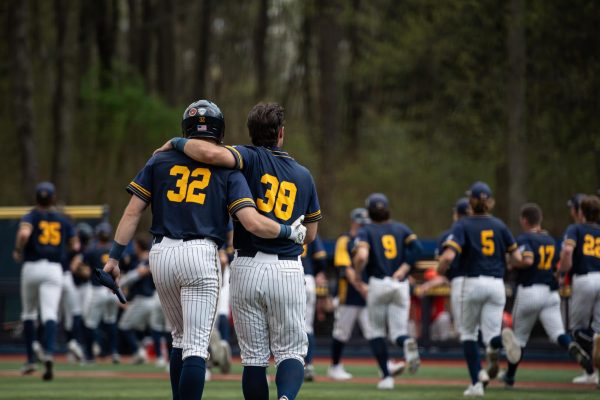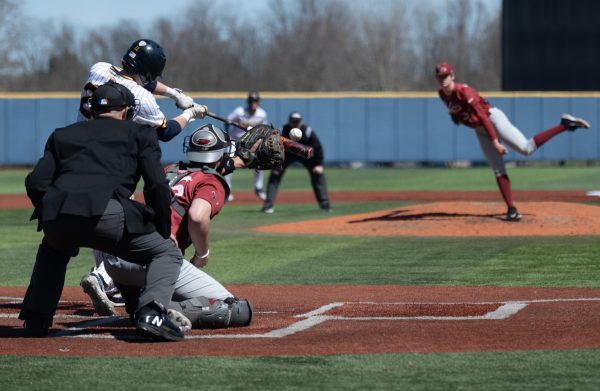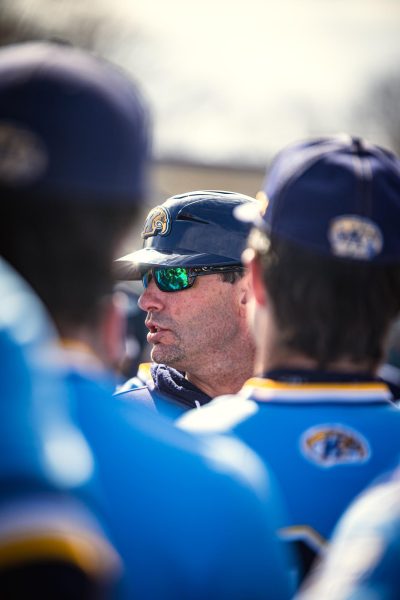OPINION: Indians’ offseason is a very troubling development
February 9, 2019
If there’s one word that describes the Cleveland Indians’ offseason, “disappointing” certainly fits the bill.
After being swept in the playoffs by the Houston Astros, it was clear that the Indians needed to go into the winter willing to do whatever they possibly could to return to the top of the American League.
Additionally, the Tribe needed to attempt to keep some of their important free agents who included left fielder Michael Brantley, reliever Andrew Miller and closer Cody Allen.
In other words, general manager Mike Chernoff needed to approach this offseason with a somewhat calculated yet hungry mindset that almost all great franchises possess.
Unfortunately, what the Indians ended up actually doing was far from that.
They let Miller, Allen, Brantley and most of their other free agents go, electing to only retain reliever Oliver Perez.
Yes, Perez did have a 1.39 ERA last season for a shaky bullpen, but he’s no where near the high-impact player that the Indians need.
Brantley’s departure was particularly painful not only because he was the longest-tenured Indian, but also because he signed with the Astros, the very team that ended the Indians season.
The Astros did overpay to get Brantley by signing him to a 2-year, $32 million deal, but the fact that his exit seemed like a forgone conclusion for months shows that the Indians likely didn’t even try to negotiate with him, which is insulting considering his stature with the team.
However, the selloff didn’t stop there.
Even knowing that the only other catcher on their roster was Roberto Perez, a defensive specialist who had a grisly .168 batting average last year, the team still traded Yan Gomes to the Washington Nationals for prospects.
Yes, Gomes was on track to be paid $7 million this year, but his production (a .266 BA with 16 home runs) isn’t even going to be remotely matched by Perez, meaning the Indians shed salary, but willingly endured a major downgrade to do so.
Shedding Gomes’ contract wasn’t a bad move per se, but it shows the team is putting payroll concerns over fielding a contending team in 2019. This is decidedly not the message the organization should send to the fans.
In the trade market, the team was somewhat active, dangling starters Corey Kluber and Trevor Bauer all offseason for some outfield help, but in the end they decided to hold onto both of them.
This leaves their outfield somewhat bare, and while that magnifies the impact of Brantley’s departure, it also means that the Indians will be retaining one of baseball’s best rotations.
Perhaps the only positive moves the Indians made were in their infield, essentially swapping out designated hitter Edwin Encarnacion and first baseman Yonder Alonso for Jake Bauers and Carlos Santana.
Not only did these moves help shed more salary, but they also brought back a fan favorite in Santana, who had similar production to Encarnacion but on a cheaper contract.
This improved the team’s financial situation while not really sacrificing anything in terms of talent.
By swapping Alonso for Bauers, the Indians showed that they’re banking on the continued improvement of Bauers, a young player who showed promise in his rookie season in Tampa Bay. This is a risky decision, but could work out in the Tribe’s favor.
However, these swaps do not make up for the fact that the Indians have gotten worse at several positions this offseason, foreshadowing the issues they’ll have building their roster and operating as a small market team going forward.
Make no mistake; the Indian’s window is closing rapidly, so enjoy this success while you can. Let’s just hope the next domino to fall won’t be star shortstop Francisco Lindor, who is a free agent in 2021.
Alex Cala is a columnist. Contact him at [email protected].


